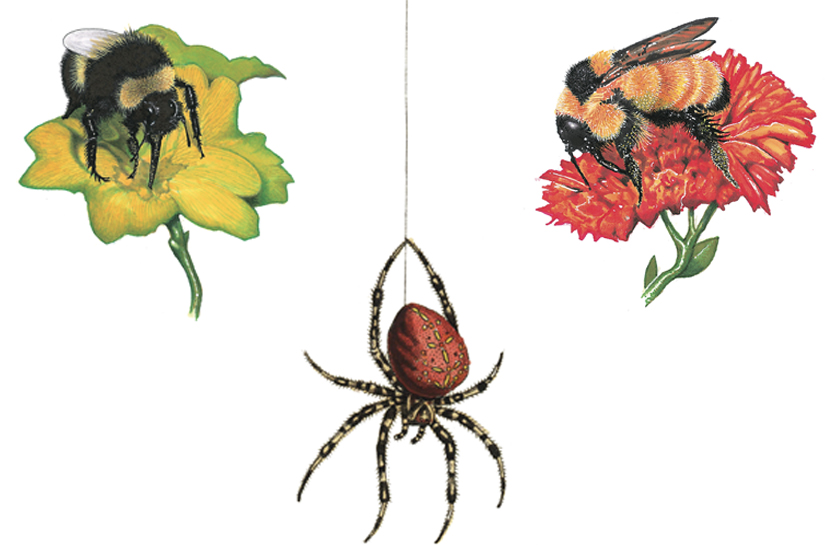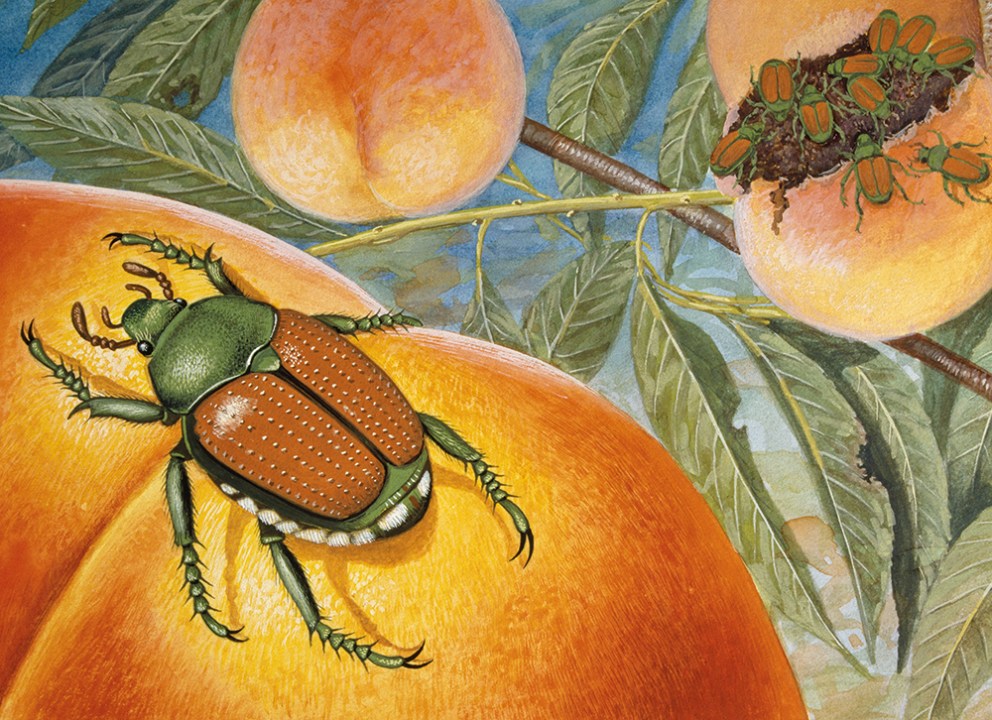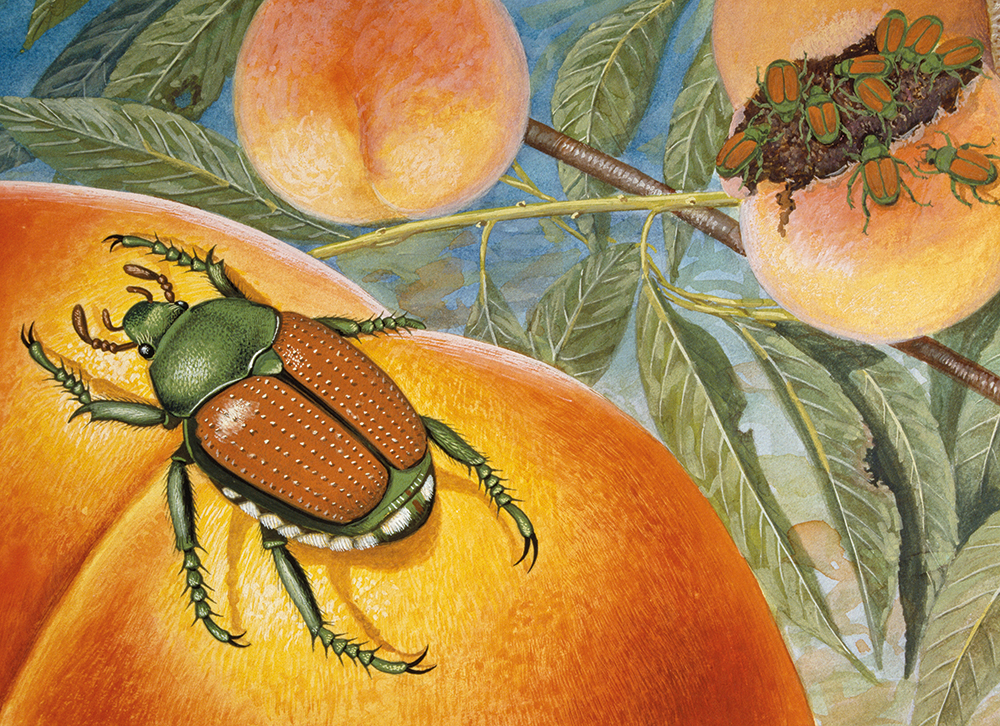Teaching for a new GCSE in natural history looks likely to begin next year. It’s part of the Department for Education’s ‘flagship sustainability and climate change strategy’. Apparently this subject is intended to teach pupils ‘how to keep the world safe’. Baroness Floella Benjamin, for instance, suggests it will show them how they can ‘save the world from catastrophe’.
Paying attention to non-human life might cure some teenagers of their unhealthy obsession with selfies
However well-meant such declarations may be, natural history is in fact about identifying and studying plants and animals, not fretting about ‘the plight of our planet’ and ‘how to rescue it’. Worried about what teenagers would in fact be studying, I wrote to the OCR examination board. It thanked me for ‘taking an interest in [its] GCSE in natural history’, noted that it was ‘currently experiencing a high volume of enquiries’ and promised to get back to me ‘as soon as possible’. A year later I’m still waiting.
Time presses, so perhaps instead I can offer the Education Secretary a few suggestions. First, and most important of all, ignore everyone who wants to hijack this new subject to promote their own agenda. Take no notice, for example, of the Royal Meteorological Society, which simply welcomes another opportunity ‘to improve the climate literacy of our young people’.
As the Department for Education recognises: ‘Topics related to climate change already feature across the curriculum at primary and secondary school.’ That may be why two-thirds of young people are reported to feel sad, afraid and anxious. Perhaps stoking their eco-anxiety with even more lessons on sustainability, carbon footprints, declining biodiversity and ‘climate literacy’ is not such a good idea.
Instead, the department could try to improve young people’s mental health by encouraging them to actually do some natural history, to start looking carefully at wildlife with open minds and glad hearts. Developing an attentive response to non-human life might cure some teenagers of their unhealthy obsession with social media and selfies.
The careful observation of plants, animals and other organisms could also show schoolchildren the value of concentration. The lichenologist Peter James (1930-2014) would often spend a whole hour examining a single boulder. Over the course of a distinguished career he found many new lichens, and he once produced separate species lists for each of the 82 stones at Stonehenge.
Paying close attention to the natural world is life-enhancing. Cecil Warburton, who found four spiders new to Britain, resigned his zoology post only at the age of 92. When he died in 1958, aged 104, he was perhaps the oldest man in Britain. Such old-school naturalists might prove better role models for today’s teenagers than Greta Thunberg. In the golden age of British natural history, the Victorians showed how anyone can study wildlife wherever they are with minimal equipment. Carrying just a pocket lens, for example, another long-lived arachnologist, John Blackwall (1790-1881), discovered 70 spiders new to Britain – and in some cases to science.
At about the same time, from an armchair placed by the window in his study, John Dovaston (1782-1854) watched robins, discovering that each bird held its own territory and that these territories were sharply demarcated with no overlap. He also listened carefully, and found that he could not agree with the received wisdom that owls always hoot in one key. Dovaston was fascinated to discover that: ‘A cat sent to me in a bag … from Marsh Hall, a distance of 15 miles, returned there the same night; for no sooner was the cat let out of the bag, than she bolted off with the precision of a carrier pigeon; and though she had two broad rivers to cross, appeared at the house of my friend early the next morning.’
Pupils who are not academically inclined or good at sports, music or art may be encouraged by the example of 19th–century naturalists who were able to establish international reputations with only the most rudimentary education. One such, Philip Gosse (1810-1888), left school at 15 and had to survive on eight pence a day, ‘eating one herring as slowly as possible’ – but went on to become a Fellow of the Royal Society.

Indeed, those responsible for the new curriculum might find inspiration in the can-do, hands-on Victorian approach. In 1877, ten-year-old Robert Pickard-Cambridge found a spider new to Dorset. Two years later, he encouraged another local spider to bite his finger so that he could observe the effects: ‘The spot bitten, and for some little space around, immediately inflamed and caused considerable smarting; in a few minutes a small whitish lump arose with great itching and increased smarting, and remained for several hours; it then gradually subsided, and no more inconvenience was experienced.’
Health and Safety would doubtless forbid such experimentation nowadays. So instead pupils could perhaps try replicating some of Darwin’s earthworm observations. The great man placed a large ‘worm-stone’ on the surface of soil and then measured the rate at which it slowly sank, as worms digested plant material and deposited it above ground as wormcasts. He also used a bassoon to test whether worms responded to deep notes.
Instead of force-feeding them yet more gloom about our planet, this new GCSE should open teenagers’ eyes, encouraging them to experience wonder as they find out about other life forms. Why not let our children discover the natural world before expecting them to save it?







Comments